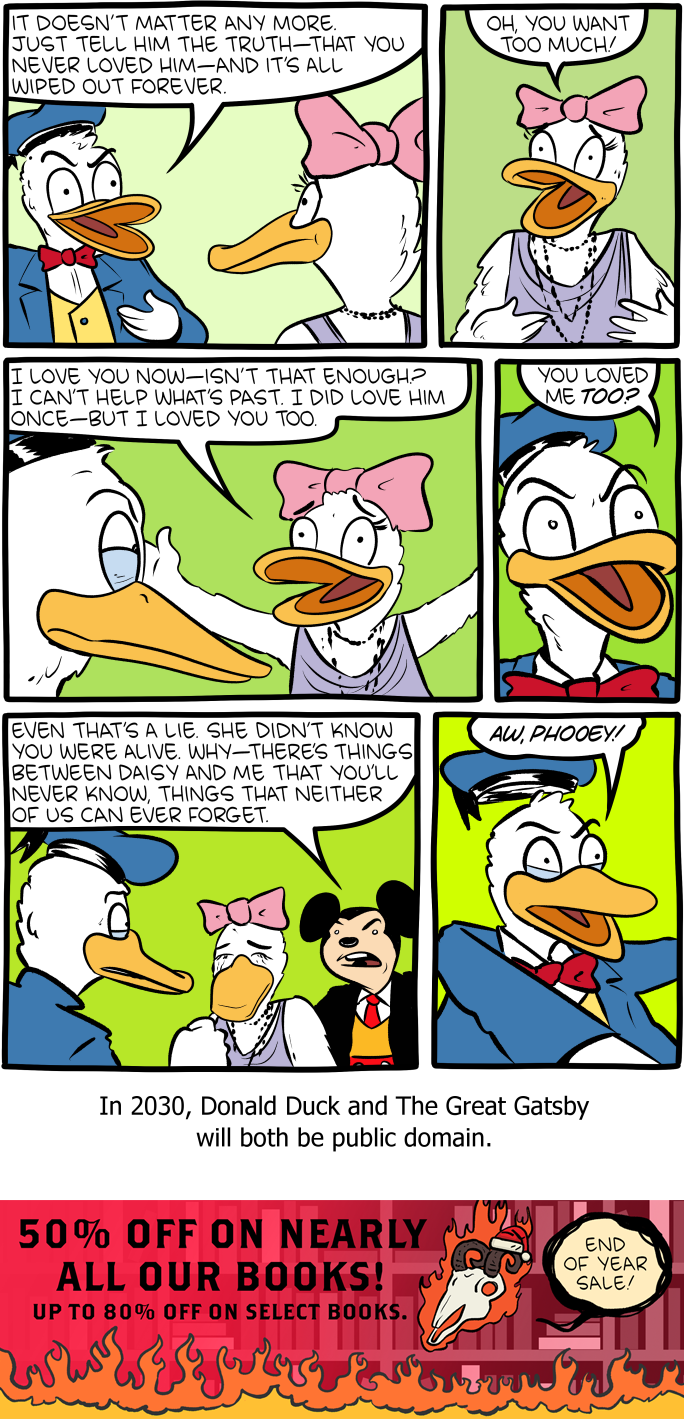Why I really left The Post
The tepid tell-all behind the headlines

One pro tip I left out of my final Work Advice column: When leaving a job, your farewell message is a space for gratitude, not grievances. Stick to whatever positive things you can say with a straight face.
People who know your story, know your story. Those who don’t know can deduce—from the brevity of your message, the names you omit, the suddenness of your departure, the timestamp on your email — what the real story is.
Yes, you should tell the unvarnished truth if you were driven out by office politics, toxic management, harassment, corruption, or other nefarious forces. But the time for that truth-telling is in your exit interview with HR, or in testimony before a judge or Congress. Spilling the whole ugly story in your farewell letter leaves bystanders wondering if perhaps you were let go for valid reasons. It’s not just protocol; it’s protecting yourself.
Of course, if you play it too coy on the heels of a series of high-profile resignations and firings and cutting-to-the-bone layoffs, people inevitably think you’re hiding something.

So here’s my real story, devoid of diplomacy, untouched by editors other than me:
I’m tired, and the Post is broke.
As I said in my farewell, I’ve been writing this column on top of doing a day job and being a parent for fourteen years. The nice thing about having multiple jobs is that they often balance out. Mulling over a juicy column topic often distracted me from a long, overwhelming week at the day job. Or I’d write a clunker of a column, but receive kudos for completing a challenging work project. And of course, the high-wire juggling act of childrearing was always there to keep me humble. It was a self-sustaining perpetual-motivation arrangement.
Quitting was not a decision I came to lightly. I don’t end things (books, films, jobs, relationships) as long as I think there’s any chance at redemption and renewal. I’ve hit plenty of walls over the years in this gig. Time and again I’d be burned out, ready to sign off. Then I’d get a beautiful brain-teaser of a letter that refueled my imagination and opened up new conversations. But in the latter half of this year, I was just tapped out, and my well wasn’t being replenished.
This year in particular, my columns have felt like whistling past a graveyard with an enormous tire fire blazing in the middle of it. Spats over office noise and cleavage felt increasingly like a distraction from federal workers being jerked like yo-yos, male white supremacist appointees trying to ensure no one besides them benefits from affirmative action, massive layoffs lighting up LinkedIn with “Open to Work” banners, and immigrant workers being literally snatched from their jobs by masked government thugs. The solutions to those issues take more than 800–1000 words a week from a smart-aleck in a side gig.
This year in particular, my columns have felt like whistling past a graveyard with an enormous tire fire blazing in the middle of it. … The solutions to those issues take more than 800–1000 words a week from a smart-aleck in a side gig.
So, the Monday before Thanksgiving, I sat at my keyboard pecking out a formal announcement to my editor that I would not be renewing my contract at the end of the month.
Mid-email, I got a call from someone further up the Post management chain. He apologetically informed me that, as a result of subscription losses and ongoing budget woes, the Post was cutting freelance columnists. He assured me that the decision had nothing to do with my work — it was strictly business.
I have no reason to think otherwise. In fact, I’d long suspected the Post’s cost-to-benefit ratio of running my little column might be edging toward the red. If letting me go means they can keep a hardworking reporter or copyeditor on staff, that’s fair.
So it was a mutual parting, independently decided, although I’m counting it as a voluntary departure for my ego’s sake.
Maybe it should be more dramatic or noble — a tale of speaking truth to power. For that, we have far more consequential departures by Post talent: Ann Telnaes. Jen Rubin. Karen Attiah. Gene Robinson. Ruth Marcus. Jonathan Capehart. David Shipley.
Don’t get me wrong; I’m distraught over the editorial changes at the Post and the taste its leadership seems to have developed for boot leather. I just can’t claim that as the primary impetus for my departure.
Don’t get me wrong; I’m distraught over the editorial changes at the Post and the taste its leadership seems to have developed for boot leather. (I wrote about it here.) I just can’t claim that as the primary impetus for my departure, having sat so long with that discomfort. And I will always be proud of having had the chance to write under their masthead. For now, I can still say that with no asterisk.
As for what’s next: I genuinely have no idea. Sleep, mostly, and a holiday break from the day job where I don’t have to think about paid work at all. After that, I’ll see what other interests and amusements creep into my newly freed-up brain space.
But first, a nap.






